HAARC Responds To Village Of Hamilton Police Reform Survey
As part of an ongoing effort to obtain community input on policing in order to enact law enforcement reform, the Village of Hamilton sent a survey to its residents and business owners mid-January to collect responses for the way policing works in the village as well as input for possible reforms. This survey has been received with mixed responses, notably by the Hamilton Area Anti-Racism Coalition (HAARC), who expressed concerns that the survey does not adequately reflect the issue of racial inequalities in policing.
“Specifically, the context of assessing for and addressing racial inequity is completely missing in the explanation of the survey,” an email from HAARC to the community reads, sent on Jan. 19 following the release of the survey. “Additionally only one out of the eleven survey questions assesses for racial profiling and there are no others that assess for other known racial inequities experienced. Last, the plan for community participation is extremely limited; no effort is being made for specific outreach to Black, Indigenous and People of Color (BIPOC) members of the community, Colgate students, staff and faculty, renters with included utilities, or those who may not live in the village but come to the area for goods, services and work.”
Following an Executive Order from Governor Andrew Cuomo mandating law enforcement reform across the state, the Village posted the survey on its website as well as direct mailed to approximately 1500 residents and businesses in and around Hamilton mid-January. Executive Order 203, released June 21, 2020, calls on local governments to perform a comprehensive review of their police departments’ “deployments, strategies, policies, procedures, and practices,” as well as develop a plan to improve these components with their communities to address “racial bias and disproportionate policing of communities of color.” Once finalized, the plan is expected to be adopted as a local law or resolution by April 1.
“There is a long and painful history in New York State in response to police-involved deaths and racially-biased law enforcement to demand change, action, and accountability; and … there is a long and painful history in New York State of discrimination and mistreatment of black and African-American citizens,” the Executive Order reads.
In response to the Executive Order, the Madison County Sheriff’s Office called on community members to submit feedback on policing in the community back in Sept., a sentiment echoed by Mayor RuthAnn Loveless, to whom Hamilton Police Department (HPD) reports. Hoping to better organize community involvement within this process, HAARC began pulling together Hamilton residents, along with previously reviewed resources, to draft a survey for community members.
Junior Sally McGee, who has been involved with HAARC since the Fall 2020 semester, helped create these initial survey questions, which were then submitted to the Village of Hamilton as a recommendation for what would go on to be sent out to residents as part of this process. Along with sharing the survey questions with the HPD, these were also shared with the Madison County Sheriff’s office, the New York State Police Troop D and Colgate Campus Security – all law enforcement in the Hamilton area.
“We wanted to create questions that wouldn’t alienate anyone from answering, that way we would get as many perspectives and responses as we could without alienating anyone, even if we didn’t agree with their morals,” McGee said.
In their proposed survey, HAARC hoped to emphasize the issues related to race, mental health, socio-economic status and LGBTQ+ identities, and aimed to reflect the experiences of both Hamilton residents and the Colgate community. Drafters also were careful not to make the questions leading, and aimed to make them open to a range of views on policing.
“We just really wanted to make sure that we were making it as intersectional as possible, but also driving home a point, such as that a Blue Lives Matter flag shouldn’t be flown outside of public offices,” McGee said, referencing the Thin Blue Line flag posted outside of the Madison County Sheriff’s Office.
HAARC’s concerns with the Village’s approach to police reform, upon receipt of the final survey received by residents, stems in part from the way the survey was adapted from the original questions proposed by HAARC and other community members, according to Hamilton resident and HAARC member Julie Carlson.
“None of the feedback that we provided was incorporated into the initial survey that was sent out. The questions look like they were based on the guide that came out of the Governor’s office to help communities figure out how to tackle Executive Order 203, and so it appears that some of the questions were taken from the guide,” Carlson said.
Beyond being different from what HAARC had initially proposed, the survey put forth by the Village raised concerns that the feedback given in community meetings in Dec. and Jan. held by Mayor Loveless is not being incorporated into this collaborative reform effort.
“Maybe there had been some tweaks that happened between the first and second meetings based on the stakeholder input, but the questions certainly don’t reflect the ability to assess racial inequities in policing in the community,” Carlson said. “That’s our biggest critique of the survey.”
Although HAARC has played a substantial role in the ongoing effort to enact reform, in organizing community members and facilitating conversations so as to ensure the process is collaborative and productive, Carlson acknowledges some of the aspects that have been more difficult to navigate.
“We came up with questions that would very clearly stimulate ideas–or hopefully, as again, we’re limited too, because of our experience as white people–so we came up with questions to at least contextualize the other questions within the context of race,” Carlson said.
McGee also called attention to the issue of HAARC’s makeup as an organization being predominantly white, acknowledging that the most authentic way to bring about necessary change would be to work with those who are most impacted by racial inequities in policing and making sure that their voices are heard.
“I think we’ve done a good job in reaching out to students, but I want to make sure that the right demographics are actually involved – that’s something I’ve been thinking about a lot,” McGee said.
Both McGee and Carlson echoed their hope that the Village of Hamilton will expand their outreach efforts to ensure that all voices are being heard.
“I feel like it’s really important to say that because even though we’re in so many ways trying to be a placeholder for this conversation to happen, we by no means are presenting ourselves as the experts around police reform. What we really want the Village to do is to reach out to different communities of color specifically to be leading the conversation,” Carlson said.
Mayor Loveless reiterated the notion that “the survey is just one means for soliciting community input,” and that meetings will continue to facilitate conversations with Hamilton and Colgate communities to work towards comprehensive reform.
“The questions were prepared with reference to the topics outlined in the NYS Police Reform and Reinvention Guidance document and also with reference to comments received by the Village from two prior stakeholder group meetings, both of which included the HAARC,” Loveless said.
In its email to the community, HAARC offered an additional set of questions for residents to consider when completing the Village of Hamilton’s survey, questions it hopes will “provide context for the survey, add questions to spark deeper thinking around police reform, and increase community participation in the survey.” These questions point more specifically to respondents’ racial or ethnic identity and the way it factors into their experiences with law enforcement, asks how policing in Hamilton has perpetuated racial inequity and encourages respondents to put forth ideas for further accountability and reform.
McGee and Carlson both acknowledged a long way to go from the initial survey and the reform that they feel needs to happen.
“I think that we’re definitely making important first steps, but I definitely don’t think this is end-all-be-all,” McGee said.
While voicing her concerns with the Village’s approach to reform thus far, Carlson recognized the Mayor’s and Chief of Police’s willingness to listen to and work with community members on this matter.
“I do believe that they really want to make Hamilton a better place,” Carlson said. “Success, actually, is going to depend on what changes actually are made. How much more talking do we really have to do?”
Ellen Lawrence is a senior from Chicago, IL studying philosophy, political science and the Middle East. She previously served as the paper’s Senior Editor...


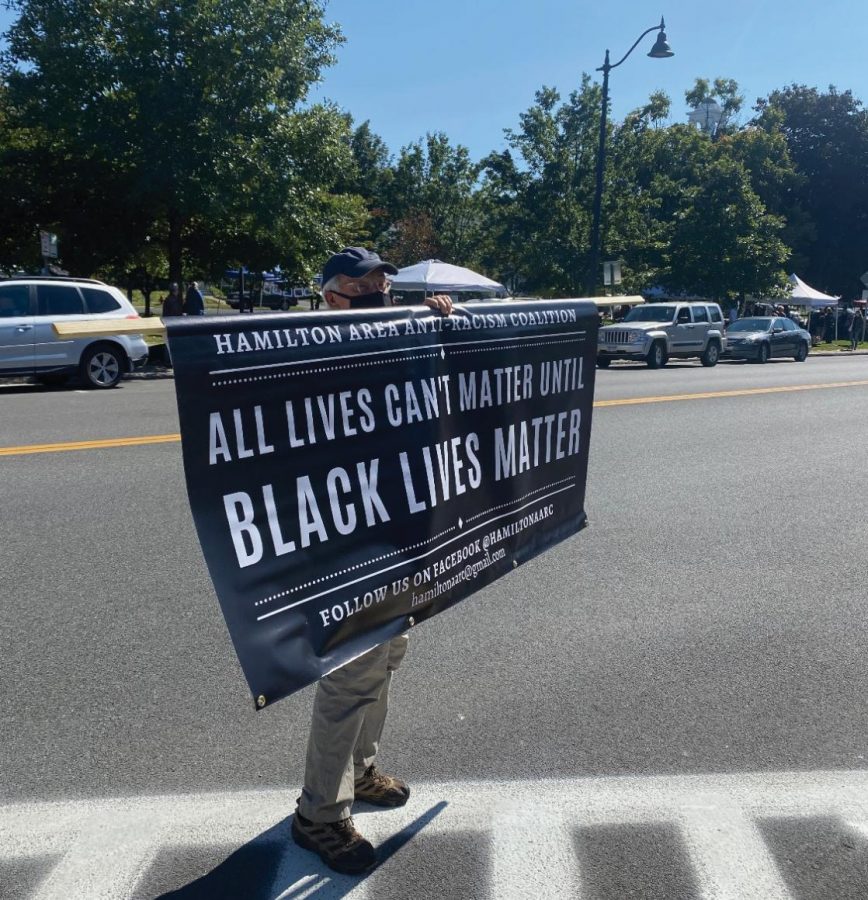

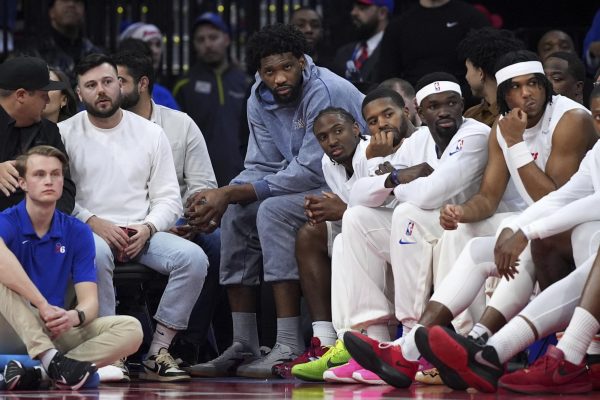
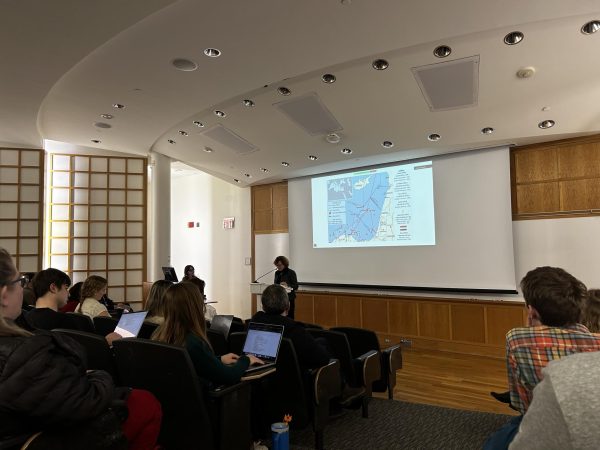

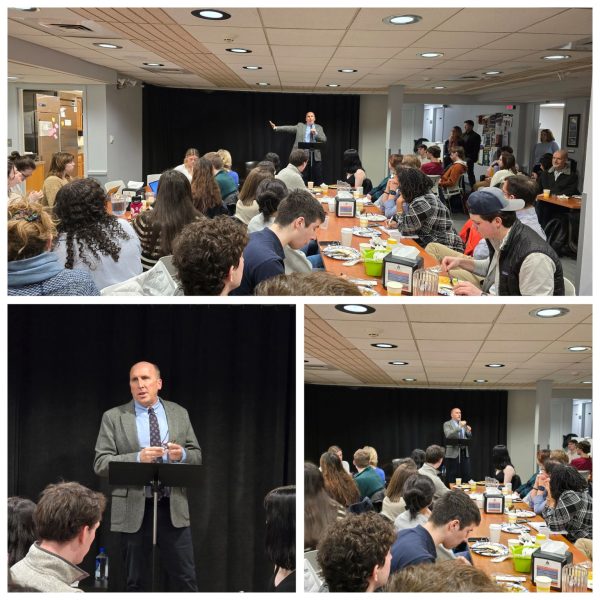
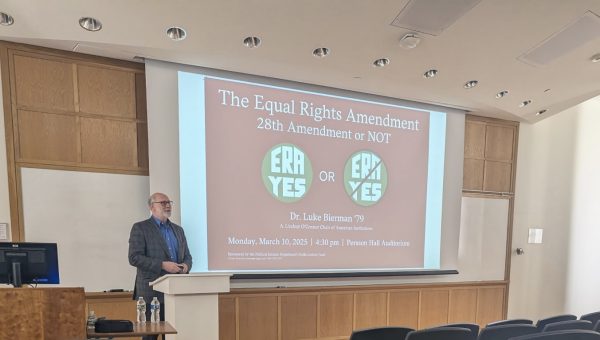
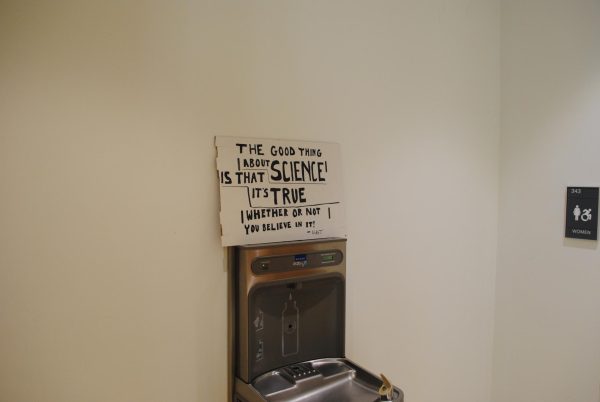
Diane Excell • Feb 12, 2021 at 5:39 pm
My view on the flag that flys at Madison County is a good thing. I approve of it. Everyone in the Hamilton area should be able to voice there opinions, and be counted in the survey, just because some live out of the town limits doesn’t mean we can’t have a voice.